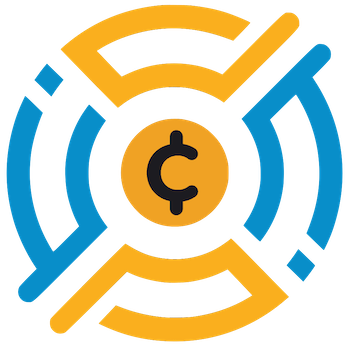In the tumultuous world of cryptocurrency, regulations often appear as a double-edged sword. The recent implementation of the Markets in Crypto-Assets (MiCA) regulations signifies a transformative moment, not merely a bureaucratic hurdle. It’s a decisive shift that promises to foster a more robust framework within Europe’s crypto landscape. Those who resist this evolution do so at their own peril, as the future demands not merely compliance but innovation as a hallmark of sustainability. With this regulation, the industry pivots towards a more responsible posture, prioritizing user safety alongside technological advancement—an ethos that has been sorely missed in a market riddled with sensationalism and speculative frenzy.
Hesitation to embrace this regulatory change reflects an outdated mindset. Regulated markets have historically thrived on consumer trust, and the crypto space must no longer be seen as a Wild West. The initial actions of prominent exchanges delisting non-compliant stablecoins spotlight a necessary cleansing of the marketplace; this is clearly not a fleeting trend but a precursor to a larger shift in how cryptocurrencies are perceived and utilized.
Altcoins: A Horizon of Opportunities
While Bitcoin and Ethereum have long dominated the crypto conversations, a more intriguing narrative is forming around altcoins. It’s here that the genuine potential for growth resides. Unlike the memecoins that became synonymous with speculative mania and irrational exuberance, many altcoins are carving out niches that offer real-world utility. They are the dark horses in a race that may soon recompense those who have been diligent and discerning in their investments.
As we witness a macroeconomic downturn affecting traditional markets, the cryptocurrency sector, especially altcoins, positions itself as a sound investment vehicle. Institutional investors are increasingly looking beyond Bitcoin, recognizing that the altcoin market harbors potentials yet untapped. The delistings caused by MiCA compliance might create short-term disruptions, but they also allow stronger projects with inherent value to flourish. The market’s evolution toward regulation will undoubtedly reward those altcoins that can deliver practical solutions.
Trade-offs of Compliance: Short-term Pain, Long-term Gain
It must be acknowledged that enforcing compliance comes with its costs. Trading volumes may temporarily dwindle post-regulation, leading to deflationary pressures across the industry. Yet, it is precisely in these moments of discomfort that true resilience is forged. The challenges posed by MiCA could accelerate innovation among exchanges and tamper the proliferation of unsubstantiated tokens that have cluttered the space. Whether crypto exchanges can adapt and remain relevant, or face extinction, will hinge on their ability to meet compliance head-on.
Critics might argue that stricter regulations hinder innovation, but history proves otherwise. The regulatory framework often clears the path for creativity to thrive—fostering a responsible trading environment and promoting long-term growth. As speculative mania gives way to transparency and integrity, the market dynamics will shift, enabling altcoins to seize the spotlight.
The Promise of Sustainable Ecosystems
One of MiCA’s most promising implications is the commitment to consumer protection and market integrity. Regulated exchanges are no longer mere facilitators; they are the architects of a future where altcoins can develop meaningful ecosystems rather than flounder under the weight of speculative trading. By embedding legal clarity into the trading infrastructure, exchanges effectively become the enablers of sustainable growth for innovative projects.
This commitment is essential for attracting institutional investment, which thrives on risk mitigation. A safe trading environment ensures that investors can explore new opportunities without the paranoia that plagues unregulated markets. For every potential altcoin that emerges, regulatory adherence is the lighthouse guiding it through tumultuous waters. The framework brought by MiCA signals to investors that they are engaging in a legitimate marketplace—one that won’t collapse under the weight of its own speculative tendencies.
The EU: A Beacon for Global Crypto Standards
As global economic powerhouses scramble to define their positions in the cryptocurrency arena, the EU is paving the way as a leading crypto hub. The MiCA framework positions Europe ahead of North America and Asia, fostering an environment that utilizes lessons learned from past scandals such as the Libra debacle. The European commitment provides a clear framework where innovation can flourish rather than be stifled by fear or uncertainty.
In doing so, the EU is not merely regulating; it is redefining the global narrative around cryptocurrencies. By creating a responsible landscape for digital assets, MiCA embarks on the journey to establish the very foundations for a future where cryptocurrencies can underpin economic interactions seamlessly and sustainably.
In the face of change, a diverse and resilient future for altcoins beckons. As compliance takes precedence, the growth narrative shifts, favoring coins rooted in utility and function rather than whimsy and speculation. The progressive ethos that MiCA embodies may serve as the impetus that ultimately allows the cryptocurrency industry to give its best performance yet.















